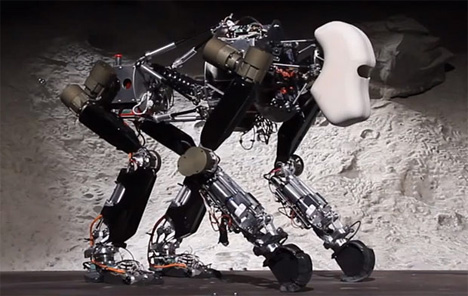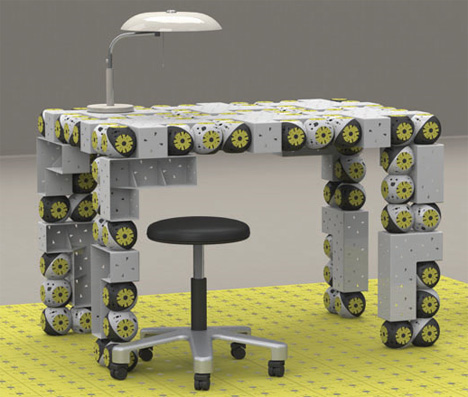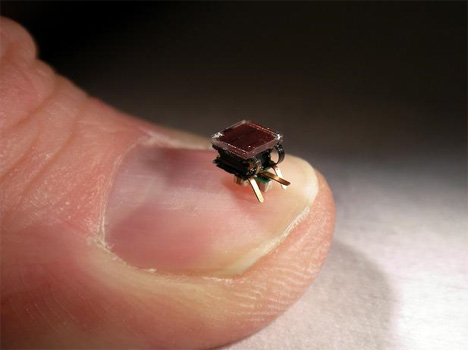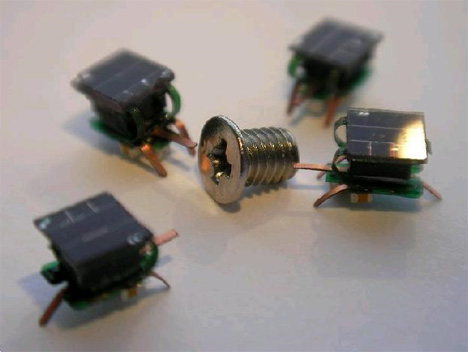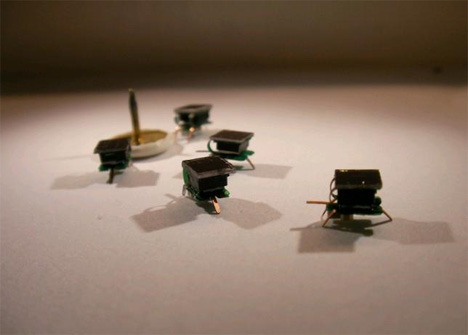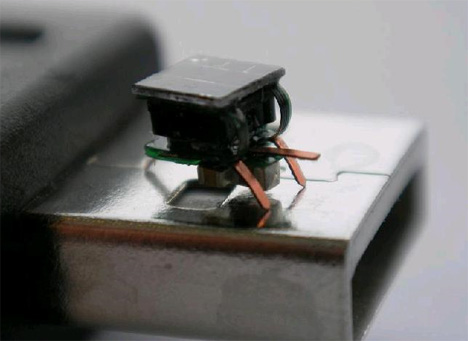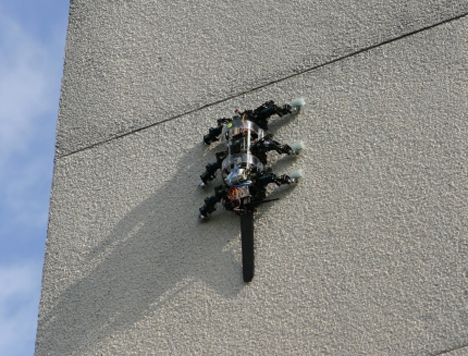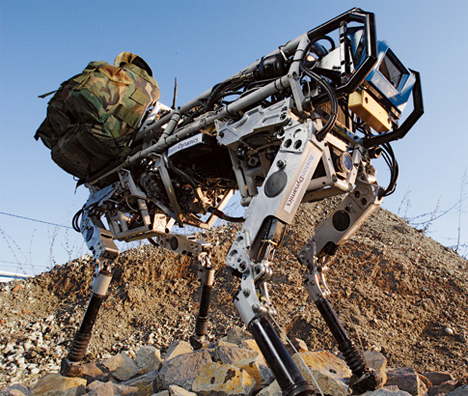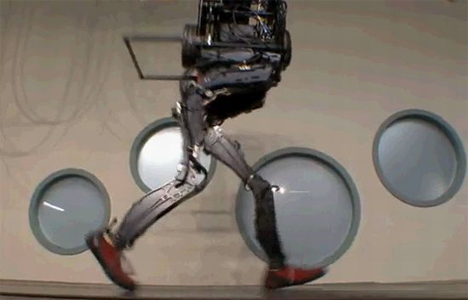A lot of the time, robots seem pretty dumb to us humans. It's not entirely a surprise, then, that a lot of the time, humans apparently seem pretty dumb to robots. If you're a robot, it turns out to be surprisingly difficult to get a human to assist you with tasks, so researchers at MIT are teaching robots to politely ask for very specific kinds of help.
You'll recognize these KUKA youBots from our ICRA coverage earlier this year: they can autonomously assemble (at least one specific piece) of IKEA furniture. But being youBots, they're relatively limited in what they can reach, so unless the furniture bits and pieces are set up just the way they need them to be, they're going to need help from a human. It's not always obvious to the human what kind of help the robots needs, however, which is why these robots are using an inverse semantic algorithm to generate human-friendly requests for help:
The robots are able to detect failures by themselves, determine exactly what sort of help they need, and then translate those requests into something understandable and actionable by a human. Since it's algorithmic and not pre-programmed, the 'bots should be able to ask for help under conditions that they haven't already experienced.
This is obviously of tremendous importance to robotic IKEA furniture assembly, but if we can look beyond that (just for a second), there's a huge amount of potential here. Robots are great at completing most parts of most tasks, but inevitably there are one or two steps in whatever you want a robot to do where it's significantly more likely to fail. Giving robots the ability to recognize these failures and then intelligently ask for assistance could open up many more tasks to at least partial automation, and it's likely to have the most impact in variable, unstructured environments. You know, like your house.
A paper accompanying this video (which we don't have a copy of yet, unfortunately) has been authored by Stefanie Tellex, Ross A. Knepper, Adrian Li, Thomas M. Howard, Daniela Rus, and Nicholas Roy.


